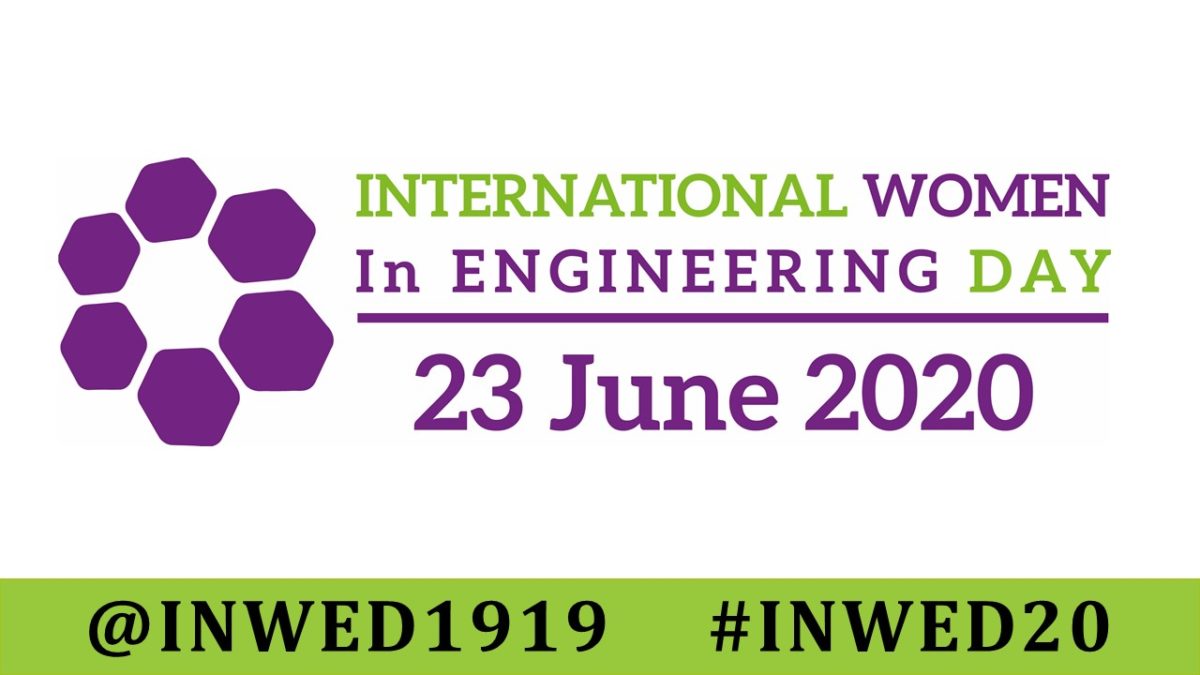On June 23 we celebrate the International Women in Engineering Day aiming to increase awareness of women in engineering across the globe
As described in the official website of this day’s celebration, National Women in Engineering Day was launched for the first time in the UK on 23 June 2014 by the Women’s Engineering Society (WES) to celebrate its 95th anniversary. Since that launch in 2014 the day has grown enormously over the subsequent years to the point where it received UNESCO patronage in 2016. Going almost 100 years back in history we learn that WES is a charity, born in 1919 at the end of the First World War, when the women who had worked in technical jobs during the war wanted to continue with this work and found it a difficult path.
Some might think, “Ok, but what does an engineer do?
The description given about engineers from Wikipedia, includes among others:
Engineers, as practitioners of engineering, are professionals who invent, design, analyze, build and test machines, complex systems, structures, gadgets and materials to fulfill functional objectives and requirements while considering the limitations imposed by practicality, regulation, safety and cost. The word engineer (Latin ingeniator) is derived from the Latin words ingeniare (“to create, generate, contrive, devise”) and ingenium (“cleverness”). Worrying if this interesting, demanding, productive and innovative profession matches with a woman? Well then the answer is a big YES.
Great women engineers have a significant role in our everyday life, or even have played one during the past, and today we thank them. Today we celebrate all women in engineering, who might be our friend, our sister, our mother, our colleague, the women walking next to us, an unknown who we will never get the chance to meet with, but due to her our life is easier, our work is being done faster, our dreams come true.
Women Engineers in History
Edith Clark: was the first woman to be professionally employed as an electrical engineer in the United States, and the first female professor of electrical engineering in the country. She was the first woman to deliver a paper at the American Institute of Electrical Engineers, the first female engineer whose professional standing was recognized by Tau Beta Pi, and the first woman named as a Fellow of the American Institute of Electrical Engineers.
Emily Roebling: known for her contribution to the completion of one of the most popular bridges, the Brooklyn Bridge, after her husband’s Washington Roebling illness.
Mary Jackson: American mathematician and aerospace engineer who in 1958 became the first African American female engineer to work at the National Aeronautics and Space Administration (NASA).
Christina Koch and Jessica Meir: Conducted the first-ever all-female spacewalk.
Henrietta Vansittart: was an English engineer and inventor, awarded a patent for a screw propellor called the Lowe-Vansittart propellor. She was self-trained and she is considered to be one of the first female engineers, with her concentration being on ship propulsion.

